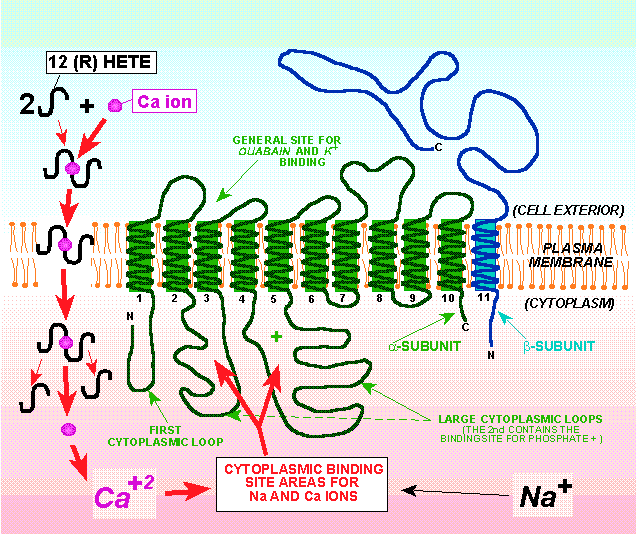

The Spallation Neutron Source and High Flux Isotope Reactor are DOE Office of Science User Facilities. The research was supported by the DOE Office of Science and ORNL Laboratory Directed Research and Development program. “The information we obtained could help in future studies of membrane-acting drugs, membrane-associated proteins, and peptides in a membrane complex.” “For the neutron scattering experiments, we replaced some of the water’s hydrogen atoms with deuterium atoms, which helped the neutrons observe the water molecules during membrane fusion,” said Shuo Qian, the study’s corresponding author and a neutron scattering scientist at ORNL. In the intermediate fusion phase, known as hemifusion, the water is significantly reduced and squeezed into pockets around a stalk-a highly curved lipid “bridge” connecting two membranes before fusion fully occurs. The researchers’ water density map indicates the water dissociates from the lipid surfaces in the initial lamellar, or layered, phase. “Additionally, the cold, lower-energy neutrons at EQ-SANS and Bio-SANS won’t cause radiation damage or introduce radicals that can interfere with lipid chemistry, as x-rays can do.” Rai, co-author and now a post-doctoral associate at the Cornell High Energy Synchrotron Source at Cornell University. “We used neutrons to probe our samples, because water typically can’t be seen by x-rays, and because other imaging techniques can’t accurately capture the extremely rapid and dynamic process of cellular fusion,” said Durgesh K. Researchers used the small-angle neutron scattering ( EQ-SANS) instrument at ORNL’s Spallation Neutron Source and the biological small-angle neutron scattering ( Bio-SANS) instrument at the High Flux Isotope Reactor, both of which can probe structures as small as a few nanometers in size. Mapping the distribution of water molecules is key to understanding the fusion process.

As the two membranes approach each other, hydration forces increase exponentially, which requires a significant amount of energy for the membranes to overcome. When two cells combine during fertilization, or a membrane-bound vesicle fuses during viral entry, neuron signaling, placental development and many other physiological functions, the semi-permeable membrane bilayers between the fusing partners must be merged to exchange their internal contents. The research, published in Journal of Physical Chemistry Letters, could provide new insights into diseases in which normal cell fusion is disrupted, such as Albers-Schönberg disease (osteopetrosis), help facilitate the development of fusion-based cell therapies for degenerative diseases, and lead to treatments that prevent cell-to-cell fusion between cancer cells and non-cancer cells. Using neutron diffraction at the Department of Energy’s Oak Ridge National Laboratory, researchers have made the first direct observations of water in lipid bilayers used to model cell membrane fusion. Initiation sites in metazoans.OAK RIDGE, Tenn., September 20, 2018-New 3D maps of water distribution during cellular membrane fusion are accelerating scientific understanding of cell development, which could lead to new treatments for diseases associated with cell fusion. MultipleįIP200 puncta on the ER, whose association depends on the ER proteins VAPA/B and ATL2/3,Īssemble into autophagosome formation sites. Thus, Ca 2+ transients are crucial for triggering phase separation of FIP200 to specify autophagosome Starvation-induced Ca 2+ transients on lysosomes also induce FIP200 puncta that further move to the ER. Multi-modal SIM analysis revealed that Ca 2+ transients on the ER trigger the formation of dynamic and fusion-prone liquid-likeįIP200 puncta. This defect is suppressed by attenuating ER Ca 2+ transients. Persistent Ca 2+ transients/oscillations on the cytosolic ER surface in EI24-depleted cells cause accumulation of FIP200 autophagosome initiation complexes on Here, we showed that autophagy stimuli trigger Ca 2+ transients on the outer surface of the ER membrane, whose amplitude, frequency, andĭuration are controlled by the metazoan-specific ER transmembrane autophagy proteinĮPG-4/EI24. The mechanism that initiates autophagosome formation on the ER in multicellular organisms


 0 kommentar(er)
0 kommentar(er)
